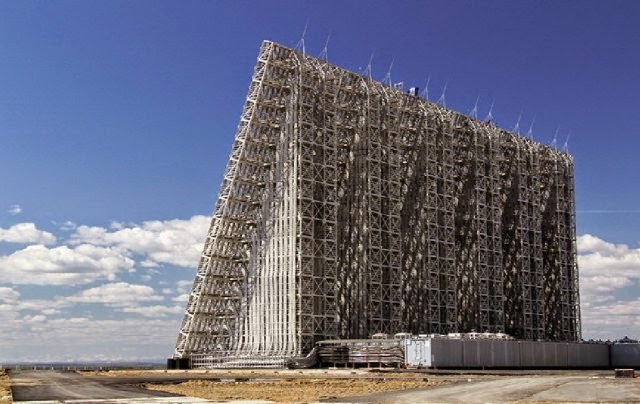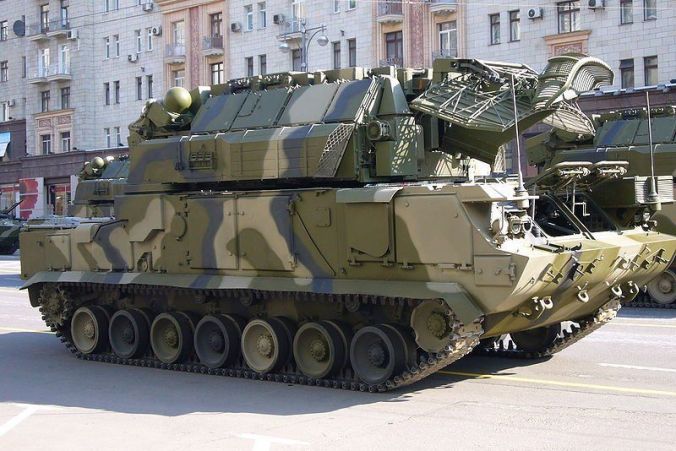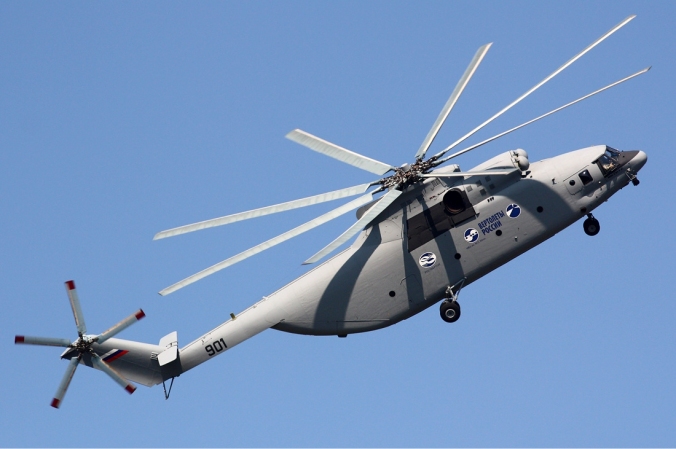Russia’s Federal Space Agency (Roscosmos) has worked out the outer space exploration program that also includes exploration of the Moon, Roscosmos representative Yuri Makarov told a news conference at TASS on Friday.
“This year, together with the Russian Academy of Sciences, Kurchatov National Research Center, Rosatom (State Atomic Energy Corporation) we have prepared the outer space exploration program. It is ambitious not only in terms of funding, but also in terms of technical devices’ production,” he said. “The Moon is the program’s cornerstone,” the official added.
Director of the Space Research Institute of the Russian Academy of Sciences Lev Zeleny said for his part that Russian cosmonauts in the middle of the next decade would fly over the Moon and by the end of decade may land on it. Initially, the Moon exploration will be conducted by the Luna-26 and Luna-27 automatic landers.
Russia will need the European soft landing system for landing its Luna-Resurs probe on the Moon. The corresponding agreement between Roscosmos and the European Space Agency (ESA) is currently being considered by the Russian government, Maksim Martynov, first deputy chief designer of the NPO Lavochkin Research and Production Association, said Friday.







